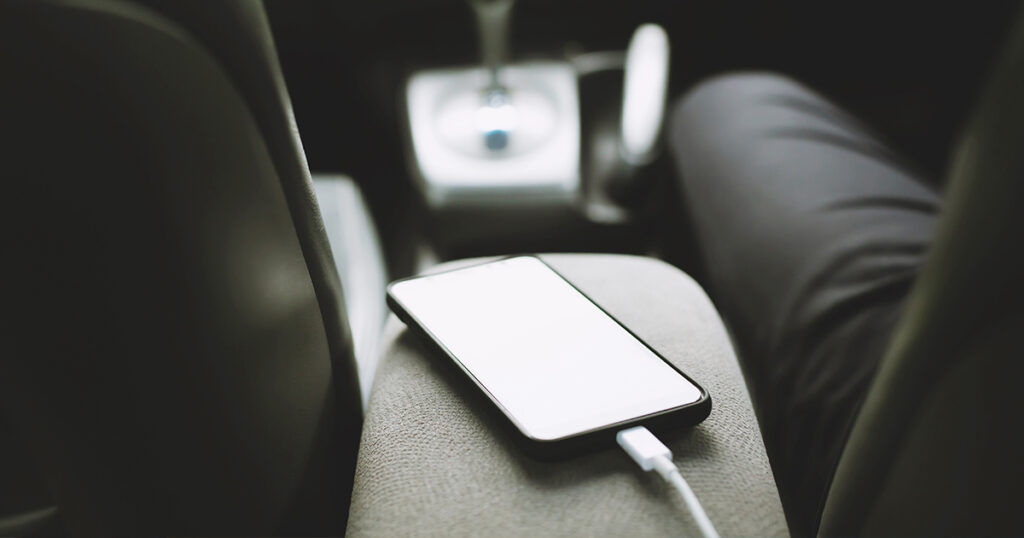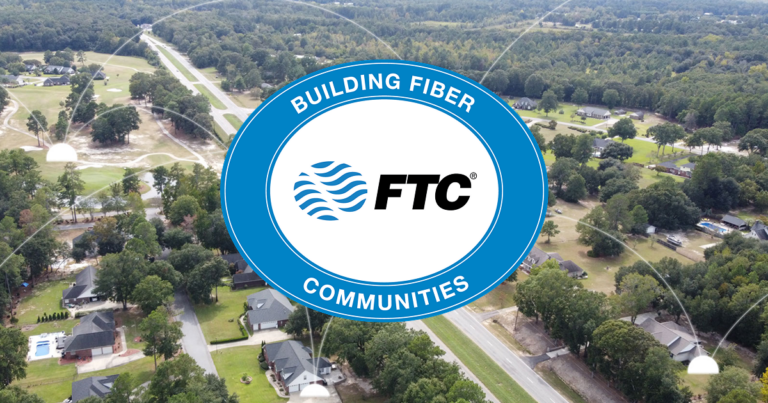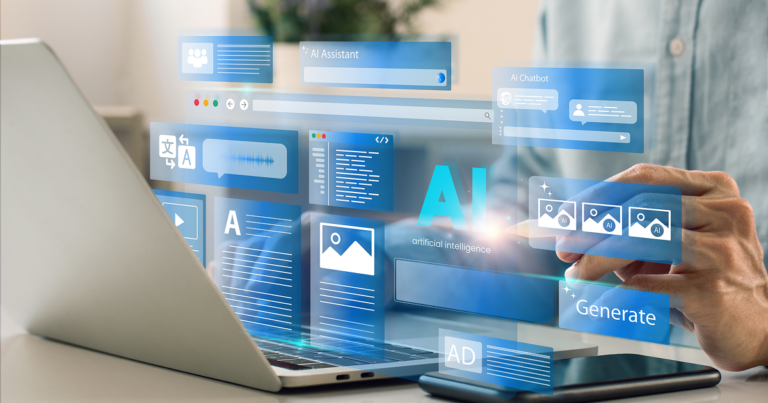Today’s connected consumer rarely goes anywhere without his or her smartphone. And for most smartphone users, getting through the day without this ever-more-vital technological tool could present quite a challenge — because beyond simply being a phone, the devices double for many as their alarm clocks, cameras, flashlights, GPS devices/maps, notepads, voice recorders and more.
So, needless to say, it can create something of a personal crisis when a smartphone’s battery begins approaching empty and no outside charging source is readily available. But there are a number of ways to speed charging and prolong the battery’s time in the green. Those looking to keep their smartphones alive should consider these six tactics for reducing charge times and preserving battery life when the power bar is in the yellow or red:
FOR FASTER CHARGING
- Consider the source: The fastest way to charge a smartphone is to plug its power cable directly into a wall outlet or a power strip. The next-fastest way to charge a device is to plug it into a car’s charging port (or the vehicle’s cigarette lighter via a power inverter) using a high-speed charger such as a USB-C wire or lightning cable. And while plugging into a computer’s USB port will gradually charge a smartphone over time, this is a much slower route to reaching a full recharge. This is because, while a wall outlet typically provides 15 to 20 amps of power and a car’s power port is limited by a fuse (generally at around 5 to 20 amps), a computer’s USB port generally supplies no more than 500 milliamps of electrical current to the device at any given time. So, even though most device chargers limit the current passing to the smartphone to 2 amps, this still enables the wall outlet or car’s power port to charge the device roughly two to four times as fast as a computer’s USB port.
- Avoid charging wirelessly: Many newer phones can be charged wirelessly — which is of great convenience, especially when a cord isn’t handy. But the convenience carries with it an unintended consequence: slower charging rates. So, when users are looking to quickly replenish their phone’s battery level, they should go with one of the hard-wired charging options mentioned above.
- Avoid high temperatures when charging: Charging a phone’s battery generates heat, and too much heat can cause damage to a smartphone. For this reason, when a phone is already in a high-temperature state — such as when it’s navigating via GPS (one of the highest energy consumers among smartphone apps) while in direct sunlight — its microprocessor could tap the brakes on charging to protect itself, to the point of even shutting the phone down altogether if it gets hot enough. Further, temperature extremes — both hot and cold — can cause damage to a battery that shortens its lifespan and lowers its capacity.
TO PRESERVE BATTERY LIFE
- Limit screen usage/lower screen brightness: For most smartphones and with most users, illuminating the device’s screen typically creates the largest drain on the phone’s battery of any of the phone’s typical actions. So especially when a device’s battery level is approaching its lower end, if possible, it’s best to simply turn the screen off when the phone is not in use. Otherwise, taking efforts to reduce the screen’s energy consumption can help preserve battery life. Enabling the phone’s auto brightness setting is one good way to ensure that the phone’s brightness is kept to minimal levels at all times, and manually dimming the screen brightness to minimum viewable levels can be especially beneficial when a phone’s battery power is on its last leg. Other screen-related ways to conserve battery power include reducing the time in the phone’s screen-timeout setting so that the screen goes dark more quickly when it’s not being used, and choosing a dark screen theme, which can also reduce the amount of power consumed when the screen is lit.
- Keep a close eye on app usage: The location services/active tracking services that enable GPS navigation and geolocation features like local-area searches, nearby store finders, etc. can be a big battery drain, largely because these functions have to continually ping to connect and update the phone’s location. So when these features are not in use, disabling them is a great way to conserve a smartphone’s battery power. Other apps that are high on the energy-usage scale include social media apps, messenger apps, streaming apps and news apps — all of which should be shut down when it’s imperative to conserve a phone’s remaining battery level.
- Utilize the phone’s power-saver mode: Smartphones’ battery-saver modes — which often prompt users to enable them when the remaining battery life reaches a certain low-end level — offer a powerful way to preserve remaining battery life by limiting CPU performance levels, screen brightness, screen-illumination duration, network usage, etc. to conserve the phone’s remaining energy. But users don’t have to wait for the prompt to put their phones in power-saver mode. When they know that they are likely to be in situations where recharging might be hard to accomplish, such as when traveling or camping, they can also enable their power-saver mode earlier by adjusting their phone’s settings.
Looking for a new smartphone with all the latest bells and whistles? FTC offers the latest iPhones and a range of other smartphones, including top-of-the-line Samsung and LG models. Visit ftc.net today to explore our latest money-saving promotions.




